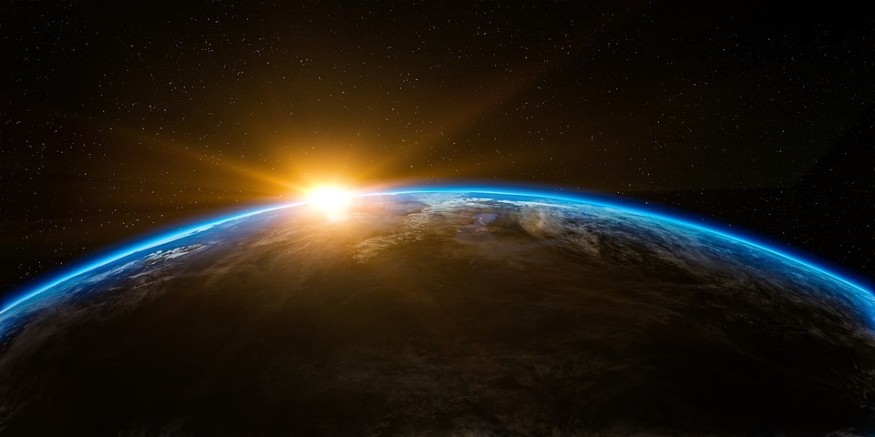
The National Oceanic and Atmospheric Administration reported on Wednesday, October 16, that the year 2019 ranks as the second warmest since instrument records began in the late 19th century. Atmosphere's greenhouse gases and natural climate variability have fueled to drive 2019 toward record warmth.
The odds somewhat agree that this year will end up being the second-warmest year—getting in behind the year 2016. However, NOAA projected that it might slip slightly in the ranking to third or fourth warmest rank in the world.
The average global land and ocean surface temperature, for the first nine months of the year, was at 1.69 degrees above the 20th-century average, which was 0.22 degrees behind 2016. It was just 0.02 degrees above the third-warmest year recorded in 2017.
All of the top 10 hottest years on record happened since 2005 due to long-term human-caused warming—except for one which is 1998 when an intense El Niño provided a significant boost to global temperatures.
There is a 0.11 percent chance that 2019 will end up as the warmest year on record, said NOAA. However, there's a 99.9 percent chance that this year would be included in the "Top 5 Warmest Years." The agency said in its monthly climate report that the range is between the second and fourth warmest year.
The NOAA added that September was the hottest such month on record globally. Their analysis found that 7.93 percent of the world's land and ocean surfaces had a record warm month.
The sharp increase in the global average temperature on the planet clearly stood out as the annual temperature rankings display a snapshot of climate change. Global warming, however, is "not linear." It means that not every year is warmer than the year before it. The scientists, instead, highlighted on the long-term basis in the global average temperatures 30 years from now.
Arctic sea ice level likewise declined to its second-lowest record in mid-September this year, according to the National Snow and Ice Data Center. The 13 lowest ice extents seen by the scientists have all occurred in the past 13 years.
Sea ice extent bottomed out at 811,000 square miles below 1981 to 2010 average minimum level. It means the ice mass, approximately the size of Alaska and Colorado combined, was missing from the top of the world due to unusually high air and sea temperatures. These highlighted the increasingly evident signs of global warming impacts on the planet.
Scientists have likewise detected a stronger link between global warming and its changing weather patterns. Some of these unusal weather changes include the fastest, intensified cyclones—including Typhoon Hagibis, the rare ice melt incident in Greenland, and the deadly heatwaves in Europe.
Various youth-led social movements sprung up in various places in the mid of this near-record warm year. They have been pushing the public for urgent action to reduce greenhouse gas emissions, as many studies show the window to avoid the most damaging future impacts is closing quickly.
© 2026 NatureWorldNews.com All rights reserved. Do not reproduce without permission.





